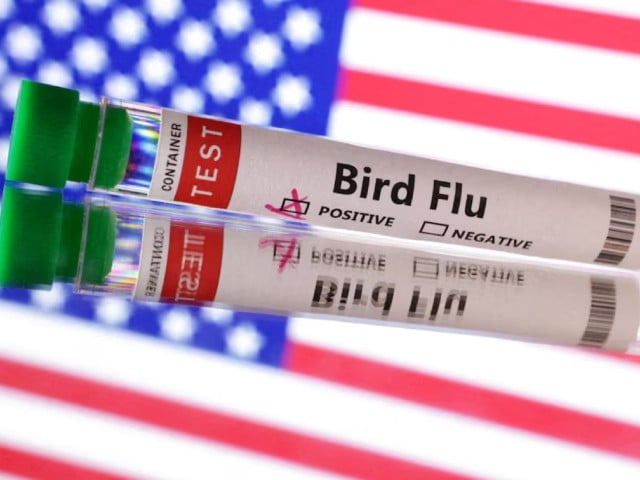1730451757-0/BeFunk_§_]-(21)1730451757-0.jpg)
The US Department of Agriculture (USDA) has confirmed the first instance of avian influenza, specifically the H5N1 strain, detected in a pig on a small farm in Oregon.
This discovery, announced on Wednesday, follows a recent outbreak among poultry on the same farm and has raised alarms regarding the virus’s potential threat to human health.
The infected pig was found on a backyard farm in Crook County, where various animals share resources and living spaces. After poultry tested positive for H5N1 last week, subsequent testing revealed that one of the farm's five pigs had also contracted the virus.
In response, authorities placed the farm under quarantine and euthanized all five pigs to conduct further testing. Officials assured the public that this is a non-commercial operation and that there is no risk to the national pork supply.
Health experts, including Jennifer Nuzzo, a pandemic researcher at Brown University, express concerns that finding bird flu in pigs could signal a dangerous evolution of the virus.
Pigs are known to host multiple flu strains and can facilitate the mutation of avian viruses, potentially making them more adept at infecting humans.
Nuzzo referenced the H1N1 pandemic of 2009, which had swine origins, underscoring the importance of monitoring this new development closely.
Despite these concerns, USDA officials stated that genetic tests conducted on the farm's infected poultry showed no mutations that would indicate an increased ability to spread to humans.
This suggests that, for now, the risk to public health remains low.
Previous reports have noted that a different strain of H5N1 has been detected in pigs outside the U.S. without triggering human pandemics.
Troy Sutton, a researcher at Penn State, emphasized that while the Oregon case is noteworthy, it does not significantly elevate the overall threat level at this time.
“If the virus begins spreading widely among pigs and human infections follow, that would warrant greater concern,” he explained.
This year, nearly 40 human cases of H5N1 have been reported in various US states, with most individuals having had direct contact with infected animals.
Symptoms reported among these cases have generally been mild, predominantly eye irritation, rather than severe respiratory issues.
The H5N1 strain has been circulating among wild birds and other animals in the US since it first emerged in 1996.
Recent years have seen a notable uptick in outbreaks among poultry and even cattle, raising fears about potential zoonotic transmission.
The CDC has indicated that the overall risk to the public remains low, particularly for those without occupational exposure to infected animals.
Nevertheless, health officials recommend that those in contact with livestock wear appropriate protective equipment.
Globally, the World Health Organization (WHO) is working to expedite vaccine development for bird flu in lower-income countries, utilizing advanced technologies to combat potential future outbreaks.
The situation remains fluid, and health experts continue to monitor developments closely, aware that each new infection presents opportunities for the virus to adapt and potentially increase its transmissibility among humans.
As the USDA conducts further genomic analysis on the pig sample, the health community remains vigilant, emphasizing the importance of understanding how these strains interact across species to prevent a possible health crisis.

1730464111-0/raygun-(1)1730464111-0-165x106.webp)
1730464033-0/BeFunky-collage-(12)1730464033-0-165x106.webp)

1730462074-0/BeFunky-collage-(10)1730462074-0-165x106.webp)















COMMENTS
Comments are moderated and generally will be posted if they are on-topic and not abusive.
For more information, please see our Comments FAQ